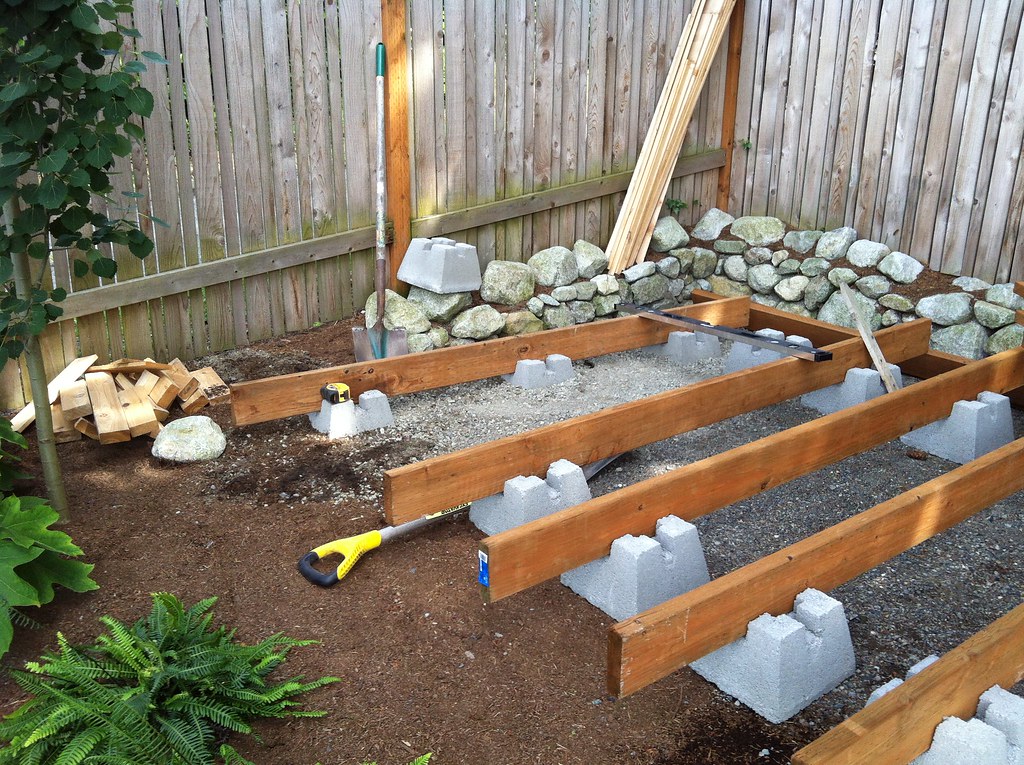A suspended floor could be lurking beneath your feet right now – discover what these essential structural features mean for your home and why they matter for your next renovation.
Understanding Suspended Floors: The Basics
A suspended floor is a structural system where the floor is raised above ground level, creating a void underneath. Unlike solid floors that rest directly on the ground, suspended floors are supported by joists or beams that span between load-bearing walls. According to recent construction surveys, over 65% of UK homes built before 1960 feature suspended floors. The design serves multiple purposes, from preventing moisture damage to providing essential utility access. Modern suspended floors can be constructed from either timber or concrete, each offering distinct advantages for different applications.
Types of Suspended Floors
Traditional Timber Suspended Floors
Timber suspended floors represent the most common type found in British homes, particularly in properties built before 1950. These floors typically consist of timber joists spanning between load-bearing walls, with floorboards fixed on top. Standard timber joists are typically spaced 400-600mm apart and range from 150-225mm in depth, depending on the span and loading requirements. The construction usually incorporates:
- Treated softwood joists (commonly C24 grade timber)
- Timber noggins for added stability
- Tongue and groove floorboards
- Joist hangers or wall plates for support
- Damp proof course (DPC) where joists meet walls
Concrete Suspended Floors
Modern construction often utilises concrete suspended floors, particularly in new builds and commercial properties. The most common system is the beam-and-block method, which accounts for approximately 40% of new ground floor installations in the UK. This system consists of:
- Precast concrete beams
- Concrete infill blocks
- Structural topping layer
- Insulation material
- Damp proof membrane
The Importance of the Void Underneath
The void beneath a suspended floor plays a crucial role in building health. A minimum clearance of 150mm is required by UK building regulations, though 300mm is recommended for optimal ventilation. This space serves multiple purposes:
- Allows air circulation to prevent timber decay
- Provides access for maintenance and inspections
- Houses essential services like plumbing and electrical cables
- Creates a barrier against ground moisture
- Helps regulate indoor temperature
Identifying a Suspended Floor in Your Home
Visual Indicators
Several telltale signs can help identify a suspended floor in your property:
- Air bricks visible on external walls near ground level
- Slight bounce or spring when walking across the floor
- Floorboards that can be lifted
- A hollow sound when tapping the floor
- Slight gaps between skirting boards and floor
Age and Architecture Considerations
Different architectural periods typically feature specific floor construction methods. Victorian and Edwardian properties (1837-1910) almost exclusively used timber suspended floors. Understanding your home’s age can provide strong clues about floor construction:
- Pre-1920: Almost certainly timber suspended
- 1920-1950: Mix of solid and suspended floors
- Post-1950: Increased use of concrete construction
- Modern builds: Often beam-and-block or solid concrete
Benefits and Challenges of Suspended Floors
Advantages
Suspended floors offer numerous benefits that have maintained their popularity in construction:
- Excellent ventilation properties
- Easy access for maintenance and repairs
- Natural insulation properties
- Reduced risk of rising damp
- Flexibility for service installations
Potential Issues
While suspended floors are generally reliable, they can develop various problems over time. Recent surveys indicate that 30% of UK homes with suspended timber floors require some form of maintenance within 20 years. Common issues include:
- Timber decay due to poor ventilation
- Squeaking floorboards
- Draughts through gaps
- Insect infestation
- Subsidence affecting support
Insulation and Energy Efficiency
Proper insulation is crucial for suspended floors, with potential energy savings of up to 15% according to the Energy Saving Trust. Modern insulation options include:
- Mineral wool between joists
- Rigid foam boards
- Spray foam insulation
- Multifoil insulation
- Natural fibre solutions
Maintenance and Care
Regular maintenance is essential for suspended floors. Key care requirements include:
- Annual inspection of air bricks and ventilation
- Regular checks for signs of timber decay
- Prompt repair of any damaged floorboards
- Maintaining adequate subfloor ventilation
- Addressing squeaks and movement promptly
Expert Advice for Renovations
When renovating a property with suspended floors, consider these professional recommendations:
- Always maintain original ventilation provisions
- Use appropriate materials for repairs
- Consider upgrading insulation during renovations
- Ensure compliance with current building regulations
- Consult specialists for major modifications
Making Informed Decisions
Whether maintaining an existing suspended floor or installing a new one, informed decision-making is crucial. Professional surveys show that well-maintained suspended floors can last over 100 years. Consider these final points:
- Regular professional inspections are worth the investment
- Keep documentation of all maintenance work
- Budget for periodic repairs and updates
- Consider long-term benefits versus initial costs
- Always prioritise proper ventilation maintenance
FAQ
Is it worth insulating under a suspended floor?
With the floor raised above the ground surface, the crawl space left below often causes more energy loss than a modern building. Suspended floor insulation is the answer.
Can you replace a suspended floor with concrete?
The FastSlab Ground Floor system is designed to make it quick and easy to replace existing suspended ground floors with an insulated concrete or screeded floor.
Where is the greatest heat loss for a ground floor?
The heatloss path is floor surface – soil – external air. Therefore at the edge of the slab there is little/no soil and the local R value is approximately the higher one.
How much heat is lost through a suspended floor?
4. The benefits can be significant for the residents of properties with uninsulated floors as around 10 – 20%1 of the heat loss from a building can be through the floors if not insulated to a reasonable standard. 5.
Do suspended floors need ventilation?
Ventilation should be provided to precast and timber suspended floors. This is generally provided by ventilators on at least two opposite external walls, with air bricks properly ducted in accordance with Chapter 6.1 ‘External masonry walls’.
Sources
[1] https://thermohouse.co.uk/blog/suspended-floors/
[2] https://www.concrete.org.uk/fingertips-document.asp?id=245
[3] https://superfloorusa.com/introduction-to-super-floor-what-is-a-suspended-concrete-floor-system/



